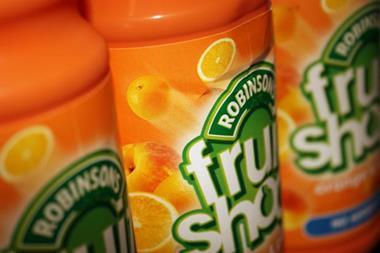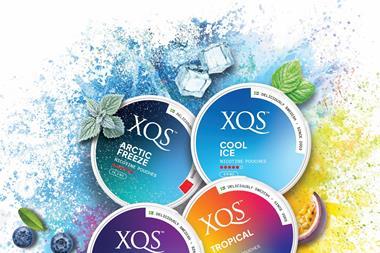The heatwave has given investors in Britvic and AG Barr reason to cheer after their merger deal collapsed earlier this month.
Britvic shares fell 2% after it rejected a renewed offer from AG Barr, but since then, Britvic shares have recovered to 522p and AG Barr shares have rocketted 7% to 557.5p as speculation mounted that it has GSK’s Lucozade and Ribena brands in its sights.
This week, trading updates from both companies revealed how improvements in the weather had benefited trade.
AG Barr said it expected sales for the first half of the fiscal year ending 28 July to increase 4.9%, with second-quarter growth predicted to be 9.8%. And Britvic said it expected EBIT for the full year to be at the upper end of its £125m to £131m forecast, following 5.4% sales growth in the third quarter and “strong sales” in the first weeks of the fourth quarter.
Panmure analyst Damian McNeela said he expected more good news for Britvic in the fourth quarter. “We expect the recent good weather will contribute to a strong volume performance in Q4 with pricing remaining robust,” he said.
The improvement in the weather came too late to help Vimto brand owner Nichols, which this week reported interim results for the six months ending 30 June. It said group sales were flat at £55.2m but the company had increased pre-tax profits by 9% to £9m thanks to a reduction in fizzy drink promotions.
Nichols CEO Marnie Millard said she believed the good weather would have a lasting impact on the soft drinks category. “It creates habitual behaviour. It will be helpful even into next year as people get used to putting soft drinks in their trolleys,” she said.
Meanwhile, the poor weather earlier in the year weighed on Unilever’s ice cream and food sales in the first half. It reported a 5% increase in turnover, but food sales increased by just 0.2% and refreshment sales rose by 2.1%. In a falling stock market, its shares dropped 1.7% to £26.72.
“Overall, the results were mixed. Slightly below expectations on organic growth, in-line on volumes, below on pricing, above on gross margins, nicely above consensus on operating margins,” said Bernstein analyst Andrew Wood.
Sign in to comment on this article
Not logged in before? Register for FREE guest access today.
You will be able to:
- Read more stories
- Receive daily newsletters
- Comment on stories
Advert















No comments yet